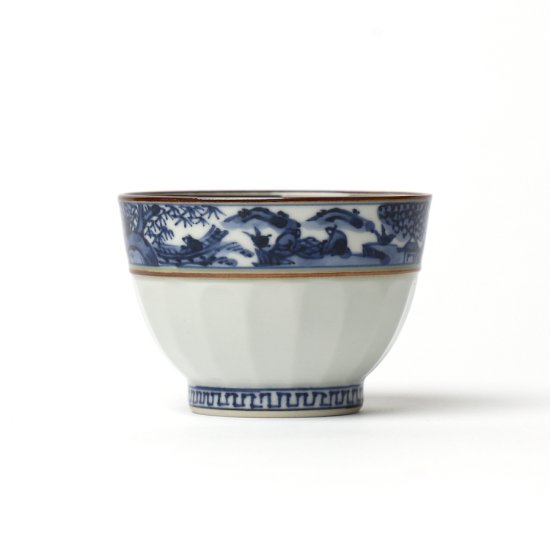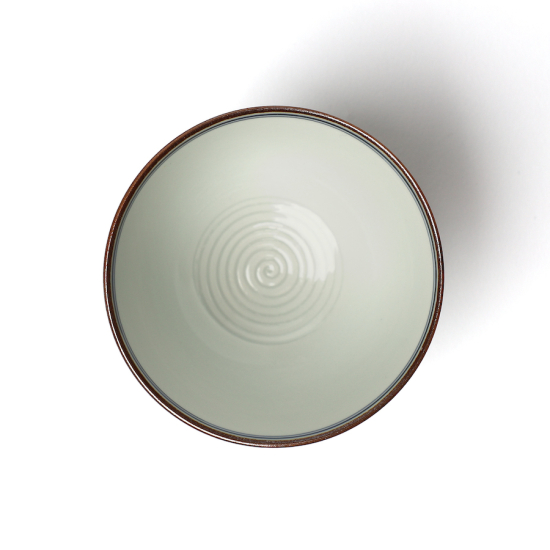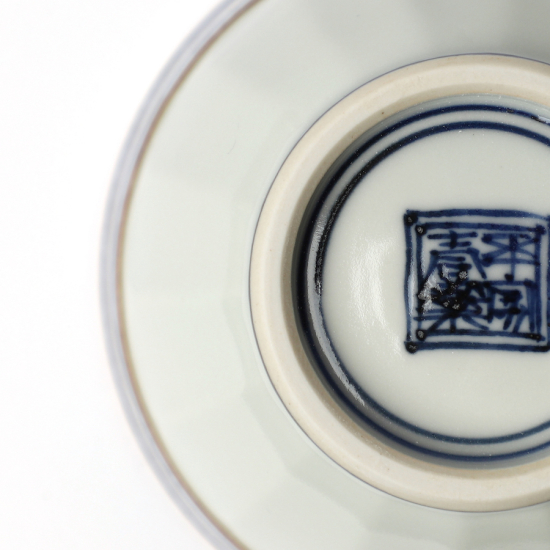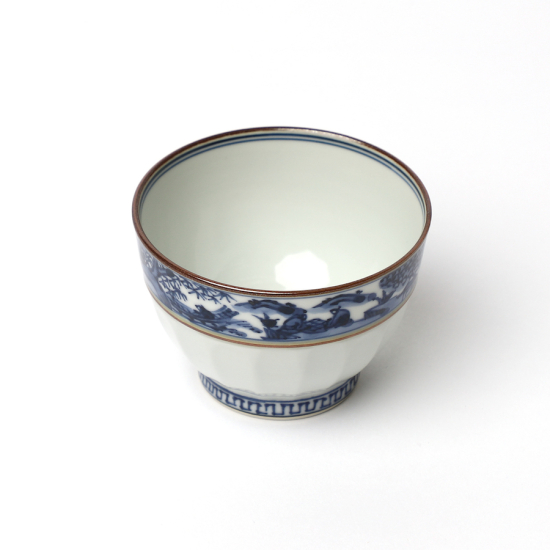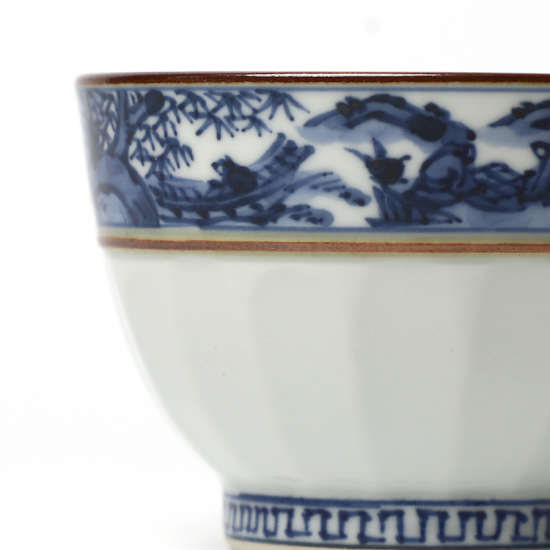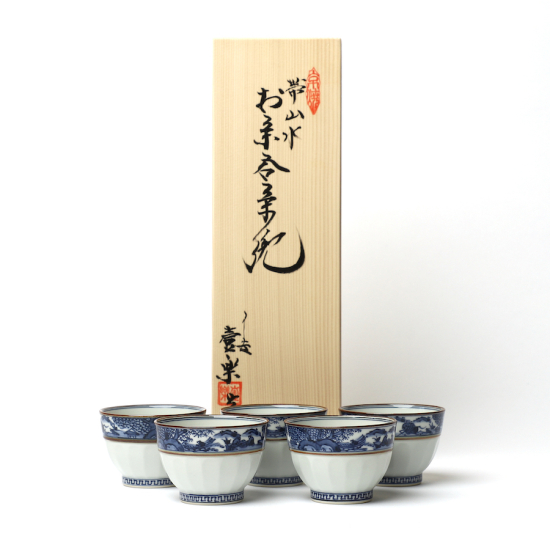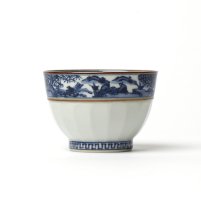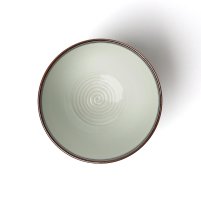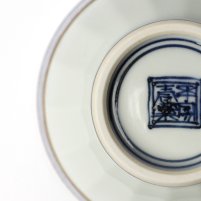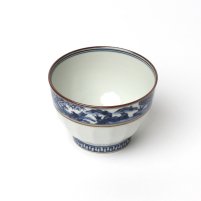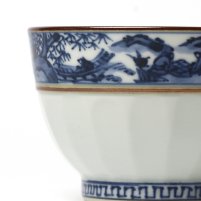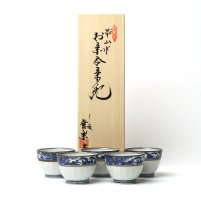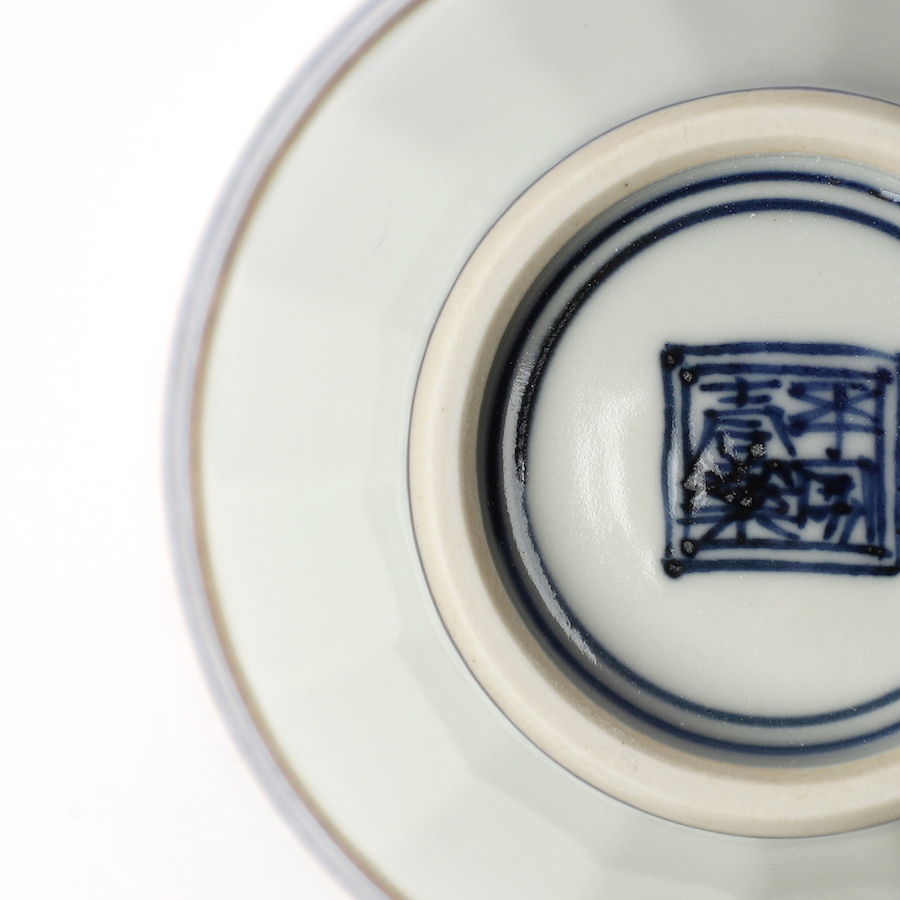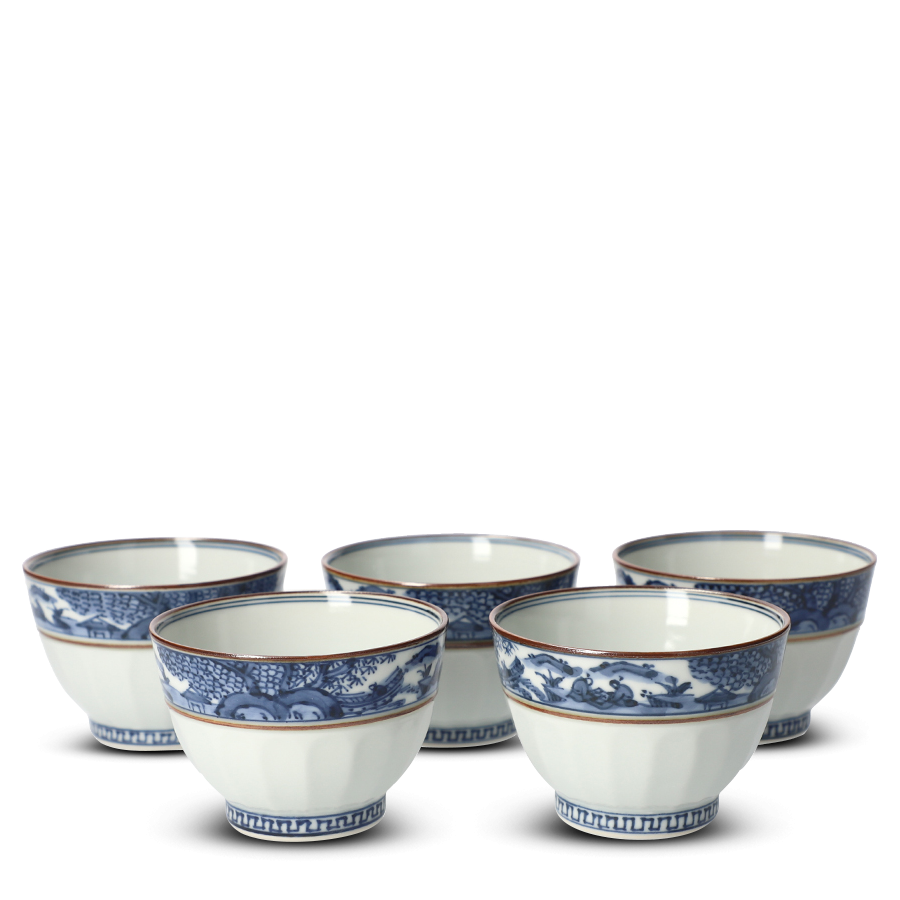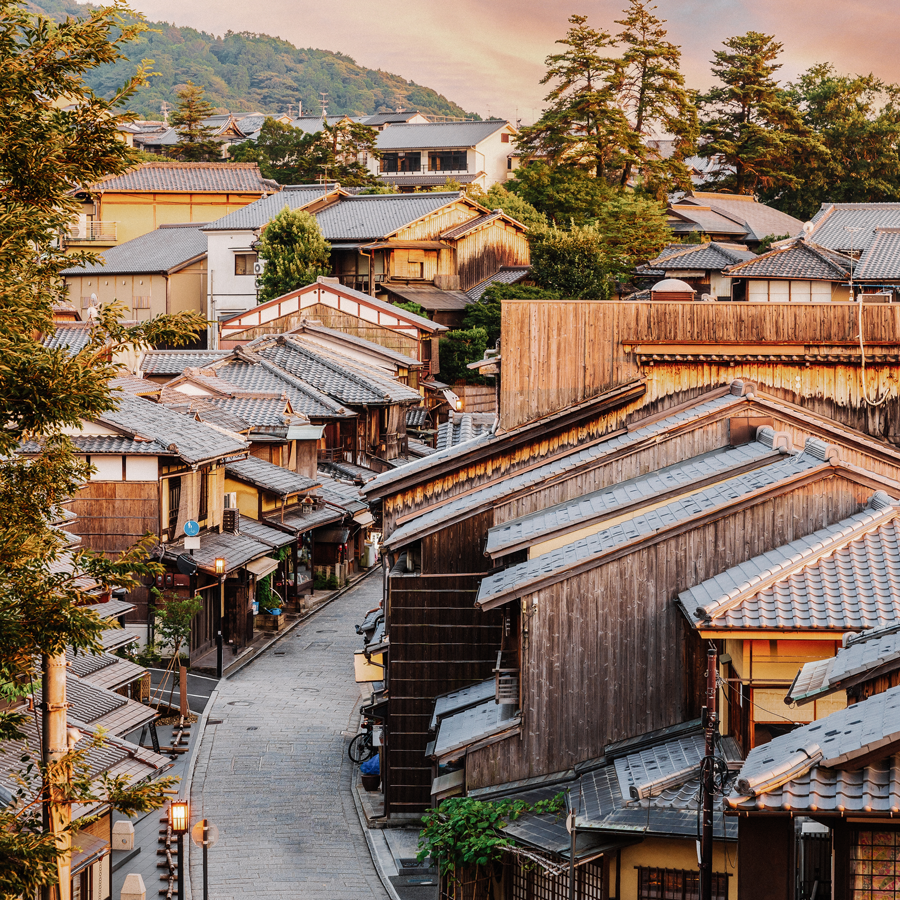Japanese blue-and-white pottery is known as Sometsuke, literally “dye applied”, because the colour was likened to traditional indigo-dyed linen. The ceramics are decorated by hand, stencil or transfer-print with a blue pigment, traditionally cobalt oxide, over which a transparent glaze is then applied, and once fired the underglaze decorations become a vivid shade of blue. This method originated during China’s Song dynasty (960-1279) and is believed to have been perfected around the beginning of the Ming dynasty in the 14th century. Blue-and-white pottery was introduced to Japan at the start of the 17th century in the form of export Tianqi or Ko-Sometsuke ("Old Sometsuke") porcelain from Jingdezhen, which was imitated in the kilns at Arita before spreading to other areas including Kyoto, Seto, Hasami and Mikawachi, each developing their own unique variations of Sometsuke.
Teacup Set of 5
Obisansui
Ichiraku
SKU
4322
Yoshi En has recently grown out of Sunday Natural to become an independent premium tea store. As part of this transition, some products may still be shipped in Sunday Natural packaging.
A set of five porcelain teacups adorned with classic blue and white Sansui (山水 "mountain and water") landscape painting. Handmade at the Ichiraku Kiln in Kyoto, renowned for their exemplary Kiyomizu-yaki ceramics. Comes in a traditional Japanese wooden box, perfect for Senchadō ceremonies or as a gift.
| Product | 5-piece Teacup Set |
| Ceramic Style | Kyo-/Kiyomizu-yaki |
| Origin | Kyoto, Japan |
| Studio | Ichiraku-gama 壹楽窯 |
| Volume | 150ml |
| Dimensions | Ø8.5cm x 6cm |
| Material | Porcelain |
| Decoration | Handpainted blue and white Sansui |
| Artist's mark | Signature on base |
| Packaging | Wooden box (Kiribako) |
Each item is handmade and unique, therefore sizing is approximate and paintings may differ slightly from the product photos
In stock



